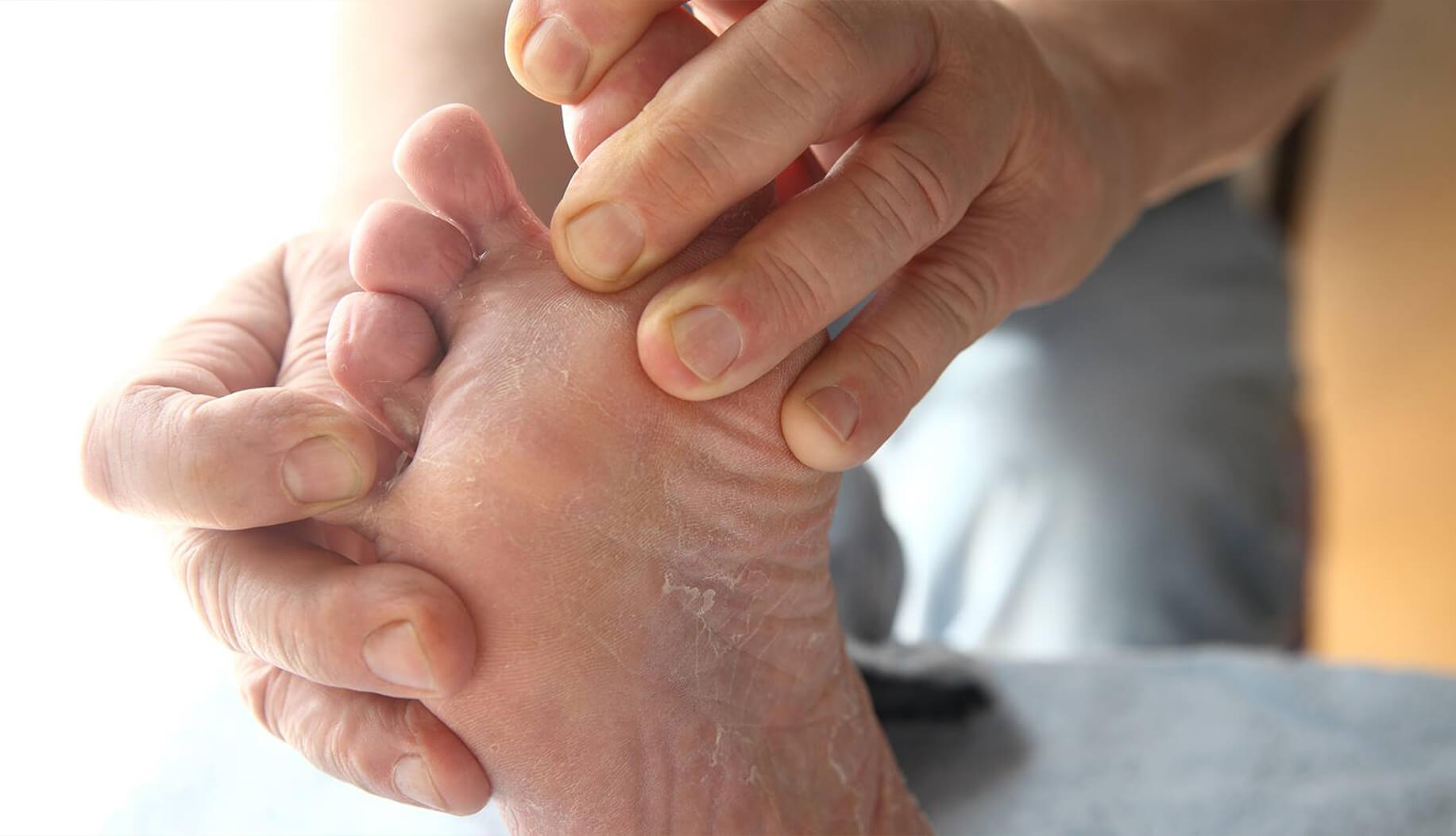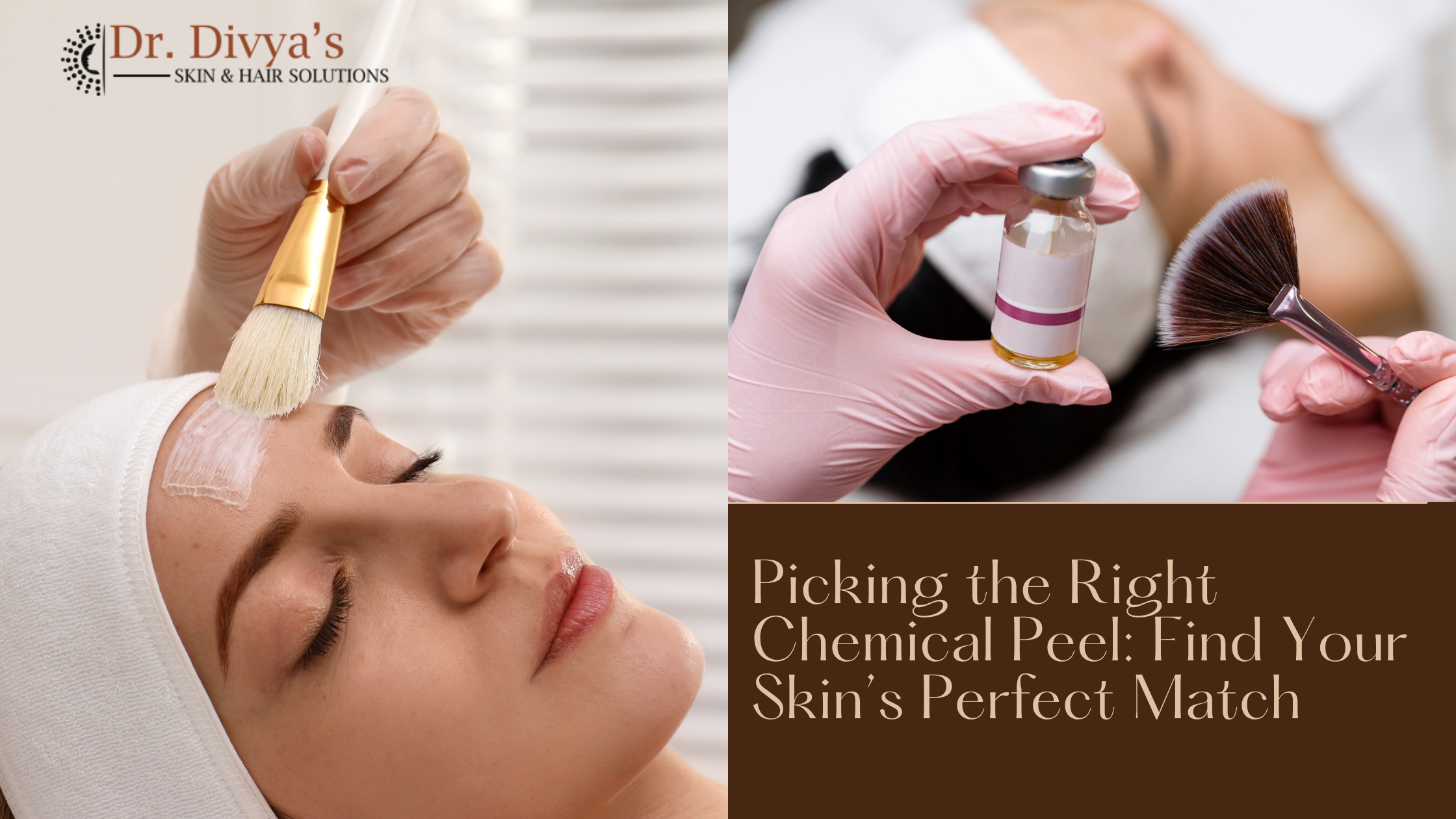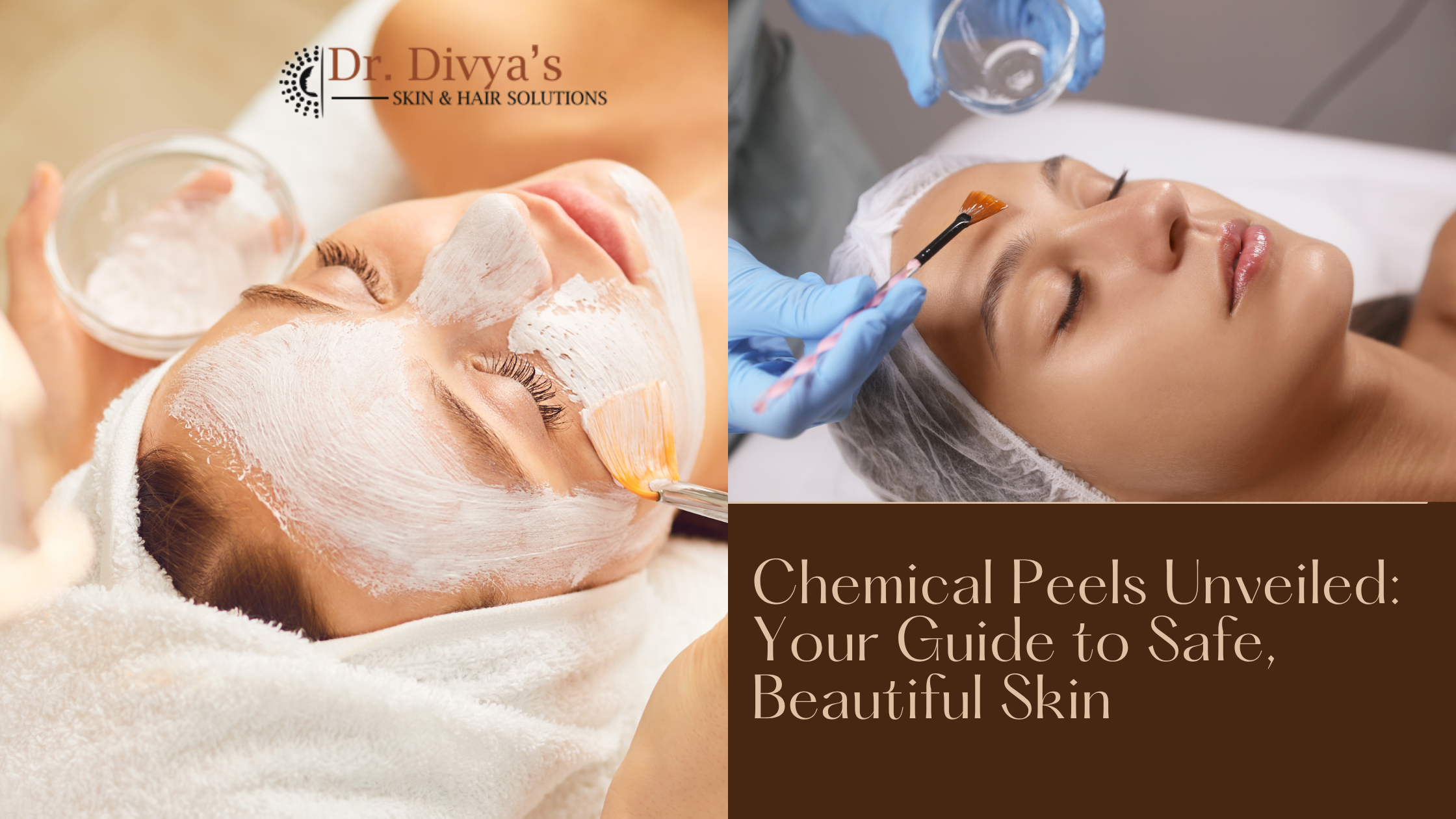Posted date on Apr 18, 2017
Important Facts about Athlete’s Foot
As far as superficial fungal skin infections go, Athletes foot is the most common of all fungal skin infections. It is caused by tinea pedis and is variously known as ringworm of the foot, moccasin foot or Hong Kong foot that leads to itching, scaling, redness or flaking of the skin of the affected area. In rare severe cases, there might even be blisters. Though the most frequent location is in-between the toes, it can spread to the toenails, the heels or even the sole if left untreated. In some cases, there may be secondary infection by bacteria in places where the skin has cracked. In rare cases, it has been known to spread to the fingers or the groin area (jock itch).
Globally, Athlete’s foot affects about 15% of the population with males being more affected than females. It’s also more frequently seen in older children and young adults. It’s believed to have been a rare condition that only became common in the 1900s’ due to increased travel, wars, use of closed shoes and health clubs.
Interestingly for some unknown reason, only certain people are more prone to getting this fungal infection, some even repeatedly. There are three main types of Athlete’s foot with each type presenting differently and affecting different parts of the foot. The inter-digital type is the most common followed by the plantar Athlete’s foot which affects the soles of the feet. A rare form is the vesiculobullous type of Athlete’s foot which presents as a sudden onset of blisters and vesicles on the sole of the foot and is usually associated with secondary bacterial infections.
The fungus grows well in warm, damp and humid places and the infection usually begins in the top skin layers of the toes; it’s common in people with sweaty feet resulting from being confined in tight-fitting shoes. As it’s contagious, it can also be contracted from contaminated communal shower floors, towels, shared beddings, clothing or contaminated shoes. If a person scratches or picks at the infected parts of the foot, the infection may very well spread to the hands too. And if timely care is not taken, the infection can spread to the nails, a condition is known as onychomycosis and quite difficult to treat.
The itching, stinging or burning sensations make it difficult to wear footwear and need a dermatologist’s attention, especially if it’s a long-standing infection or if you have diabetes. If you are living in Whitefield, Bengaluru, a visit to Dr. Divya’s Skin & Hair Solutions clinic may come in handy; the doctor there may suggest antifungal ointments, lotions, powder or spray and in severe cases, oral pills.
Athlete’s foot can be prevented by drying in-between your toes, wearing cotton socks and shoes or sandals that allow your feet to breathe. Air your shoes regularly and try using antifungal powder on your feet if you know you are prone to fungal infections.





